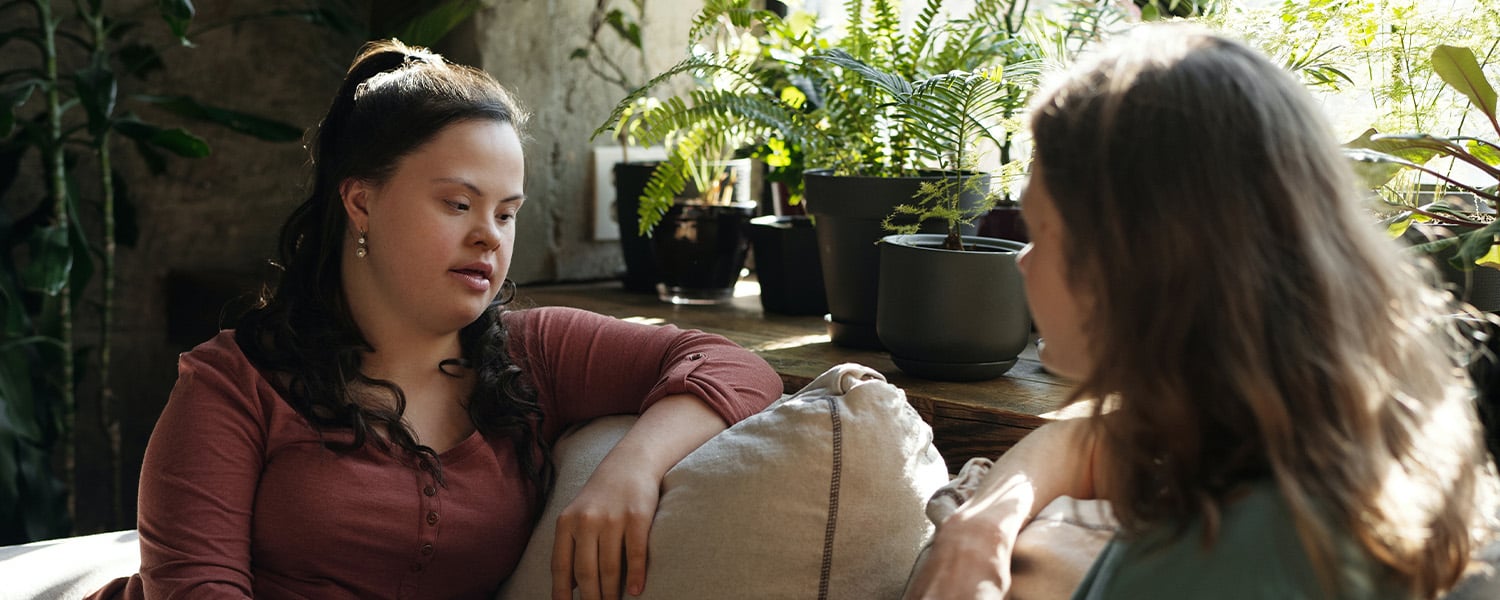 How Can I Help Overactive Bladder?"
class="bg-img"
fetchpriority="high"
loading="eager"
decoding="async">
How Can I Help Overactive Bladder?"
class="bg-img"
fetchpriority="high"
loading="eager"
decoding="async">
Written By: Dr. Kendra-Lynn Bisconti, PT, DPT on November 21, 2022
Overactive bladder is a medical term used to describe a condition involving the sudden, strong urge to urinate, and often results in having to urinate more frequently.
You might think: “What does this have to do with my pelvic floor?” To answer this question, it is important to understand what normal bladder function looks like and why overactive bladder might occur.
The bladder is a storage unit for urine. The kidneys continuously send urine into the bladder to get rid of waste. The bladder is made up of a muscle called the “detrusor” which stretches as it fills, and contracts as it empties. It can hold about 13-20 ounces of urine.
Normally the bladder will need to empty every 2-4 hours during the day or 5-8 times total. It is not considered normal to wake up at night to urinate. We go less often overnight because our body produces an anti-diuretic hormone when we sleep. This hormone reduces how much urine the kidneys make, so that the bladder fills at a slower pace. However, during pregnancy or after the age of 65, it is acceptable to wake up once per night to urinate.
As the bladder fills with urine, it stretches and enlarges. If you have a uterus, the bladder stretches up and over the uterus filling to capacity. The stretching of the bladder muscle helps you know when you must go. When the bladder is about halfway full, the detrusor muscle contracts a little to let you know. At this point, the brain gets the signal and normally responds with: “No thanks, we’ll wait.” The sensation calms down, and you might forget about it. As the bladder stretches closer to capacity, the detrusor muscle is triggered to contract a little stronger. Again, this signal gets sent to the brain. The brain now responds with: “Okay, we will come up with a plan, don’t stress out,” and the sensation calms enough to allow you to get to the restroom without rushing. Finally, as you sit down to urinate your pelvic floor muscles relax, which allows the urethra to open, and your bladder contracts to squeeze the urine out.
Unfortunately, this system doesn’t always work perfectly.
Scar Tissue Massage:
If you have abdominal scars, massage the scar for 5-15 minutes a day to improve mobility and elasticity.
Calm the bladder:
When the urge to urinate begins, resist the instinct to panic. Sit down if you can and take some deep breaths, allowing yourself to be distracted for a minute or two.
See a specialist for evaluation and guidance: This can include a pelvic floor therapist, a urogynecologist, and/or a urologist.
Spaulding Outpatient Rehabilitation of Care New England is currently offering pelvic health services in multiple locations throughout the state of Rhode Island.
To be seen by a pelvic health therapist, you will need a physician referral. Please head to our Pelvic Health Rehabilitation website to learn more about the referral process and how to set up an evaluation.
References
• Interstitial Cystitis Association (https://www.ichelp.org)
• Holistic Pelvic Health (https://www.holisticpelvichealth.org)
• Haylen, B.T., de Ridder, D., Freeman, R.M., Swift, S.E., Berghmans, B., Lee, J., Monga, A., Petri, E., Rizk, D.E., Sand, P.K. & Schaer, G.N. An International Urogynecological Association (IUGA)/International Continence Society (ICS) joint report on the terminology for female pelvic floor dysfunction. Neurourology and Urodynamics 29, 4-20 (2010).
• American Urogynecological Association (info@augs.org, www.voicesforpdf.org)
Disclaimer: The content in this blog is for informational and educational purposes only and should not serve as medical advice, consultation, or diagnosis. If you have a medical concern, please consult your healthcare provider or seek immediate medical treatment.
Copyright © 2025 Care New England Health System